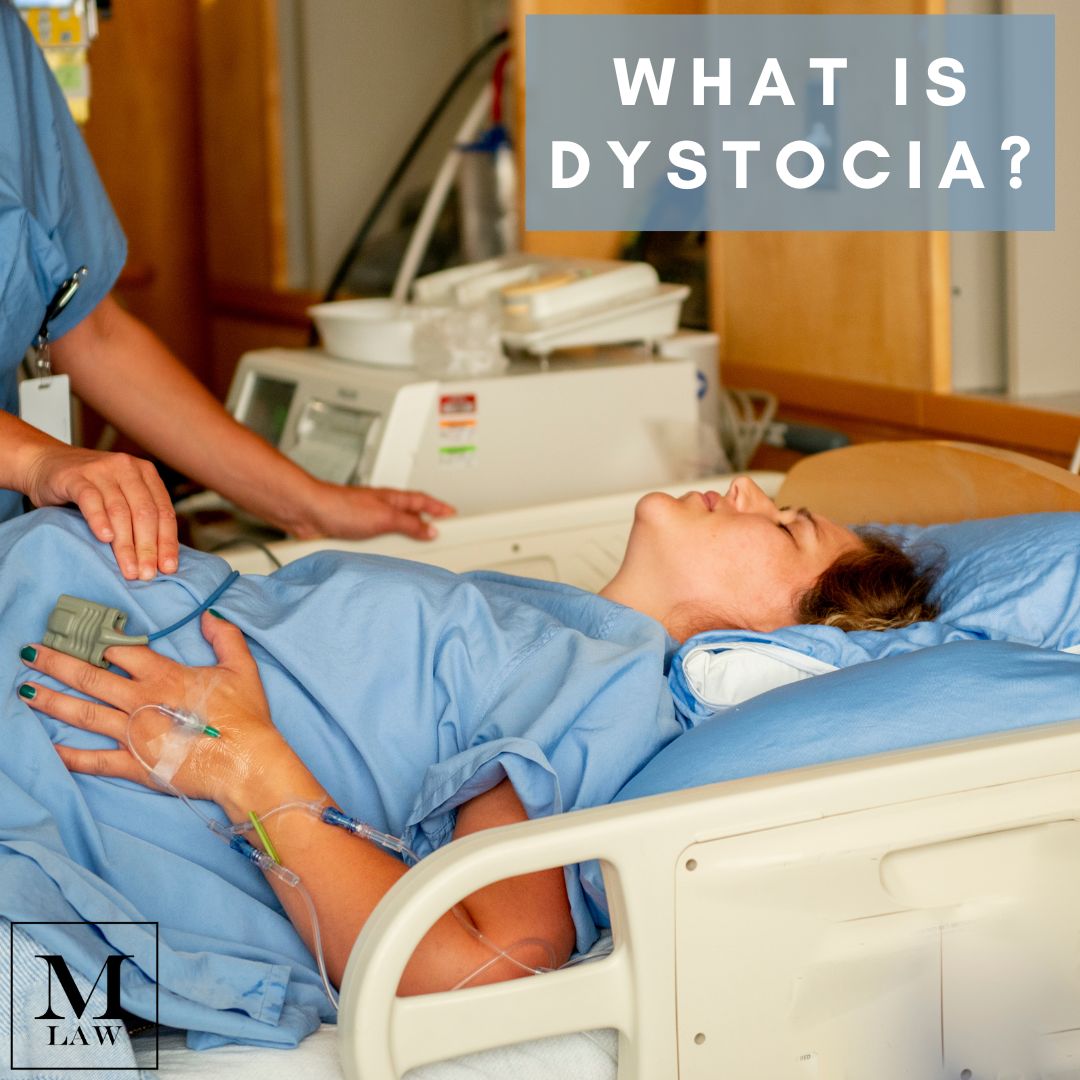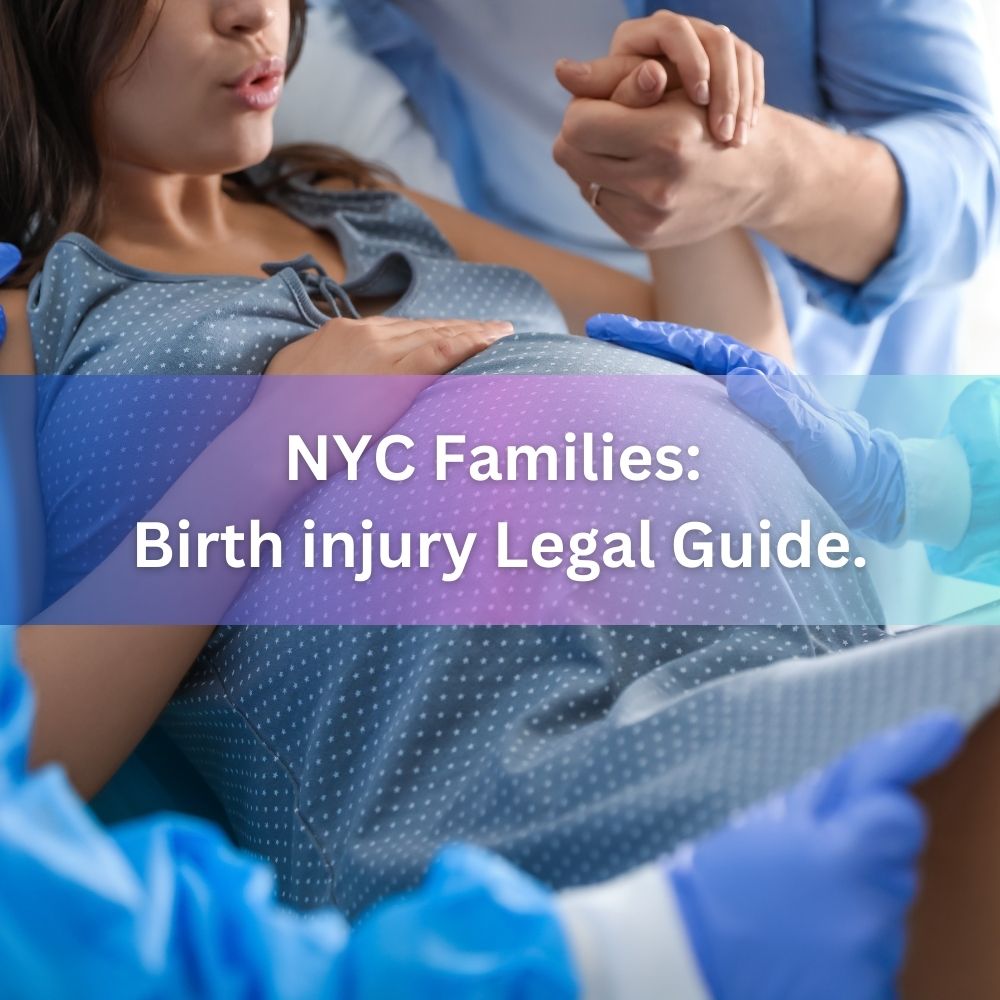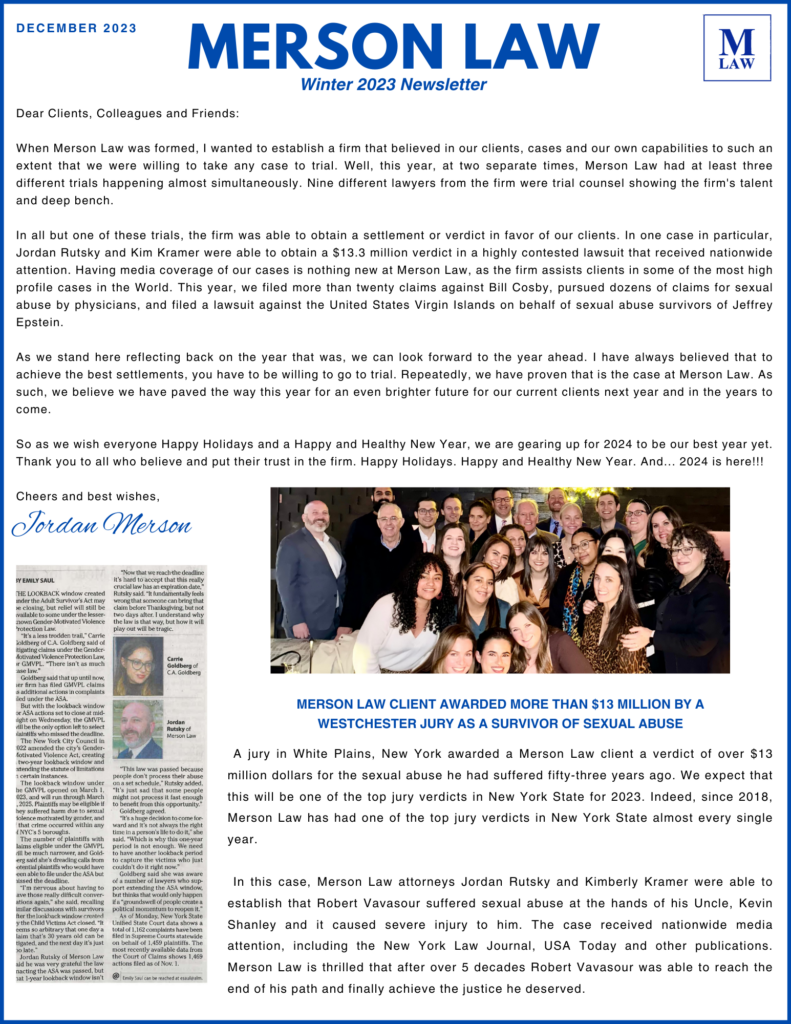Dystocia refers to a condition during labor and childbirth in which there is difficulty in the progress of labor. It’s commonly characterized by prolonged or stalled labor, where the cervix doesn’t dilate properly or the baby’s descent through the birth canal is impeded. Dystocia can occur due to a variety of reasons, including the size and position of the baby, the mother’s pelvic structure, and the strength and coordination of uterine contractions.
There are two main types of dystocia:
Cervical Dystocia
This occurs when the cervix doesn’t dilate properly or doesn’t open sufficiently during labor. It can be caused by factors such as an unfavorable position of the baby’s head, inadequate contractions, or scar tissue from previous cervical surgeries.
Uterine Dystocia
Uterine dystocia refers to weak or ineffective uterine contractions that hinder the progress of labor. This can result in prolonged labor and delay in the descent of the baby through the birth canal.
Dystocia can lead to various complications, such as prolonged labor, increased risk of infections, fetal distress, and the need for medical interventions such as vacuum extraction or cesarean section (C-section). Healthcare providers closely monitor labor progress to identify signs of dystocia and take appropriate actions to ensure the safety of both the mother and the baby.
What causes dystocia?
Dystocia can have various underlying causes. These causes can be related to factors involving the mother, the baby, or the combination of both. Some common causes of dystocia include:
- Fetal Size and Position: A baby that is larger than average (macrosomic) or positioned in a way that makes it difficult to pass through the birth canal can lead to dystocia. This is often the case when the baby’s head is not in the optimal position for delivery.
- Pelvic Anatomy: The mother’s pelvic structure and size can impact the ease of childbirth. A narrow pelvis or an abnormal pelvic shape can hinder the baby’s passage through the birth canal.
- Uterine Contractions: Weak or uncoordinated uterine contractions can result in dystocia. Contractions are essential for pushing the baby down the birth canal and for the cervix to dilate properly.
- Cervical Factors: If the cervix does not efface (thin) and dilate (open) as expected during labor, it can impede the progress of labor.
- Medical Interventions: Certain medical interventions, such as the use of labor-inducing medications or epidurals, can affect the strength and coordination of uterine contractions, potentially leading to dystocia.
- Malposition of the Baby: If the baby is not in the optimal position for delivery, such as facing upward (occiput posterior) instead of downward (occiput anterior), it can lead to a longer and more difficult labor.
- Maternal Health Conditions: Certain maternal health conditions, such as obesity, diabetes, or high blood pressure, can contribute to dystocia by affecting the progress of labor.
- Previous Scarring or Surgeries: Scarring in the uterus from previous surgeries (like a cesarean section) or conditions can impact the uterus’s ability to contract effectively.
- Fetal Distress: If the baby shows signs of distress during labor, healthcare providers may take steps to monitor and manage the situation, which could affect the course of labor.
- Multiple Pregnancy: Carrying twins or more can increase the likelihood of dystocia due to the additional factors involved in multiple pregnancies.
Each labor is unique, and the factors contributing to dystocia can vary. Healthcare providers closely monitor labor progress and intervene when necessary to ensure the safety of both the mother and the baby. In some cases, medical interventions, such as assisted delivery with forceps or vacuum extraction, or even a cesarean section, may be recommended to resolve dystocia and facilitate a safe delivery.
Birth Injuries from Dystocia
Dystocia can sometimes lead to various birth injuries due to the prolonged or challenging nature of the labor process. Some potential birth injuries that may result from dystocia include:
- Brachial Plexus Injuries: Dystocia can sometimes lead to difficult maneuvers during delivery, such as excessive pulling or twisting of the baby’s head and shoulders. This can result in brachial plexus injuries, where the network of nerves controlling the arm and hand is damaged. Erb’s palsy and Klumpke’s palsy are examples of brachial plexus injuries that can lead to weakness or paralysis of the affected arm.
- Shoulder Dystocia: This occurs when the baby’s head passes through the birth canal but the shoulders become stuck behind the mother’s pelvic bones. Shoulder dystocia can lead to complications such as brachial plexus injuries, fractures of the clavicle or humerus, and oxygen deprivation.
- Fractures: The pressure and force exerted during a difficult delivery can result in bone fractures, commonly affecting the clavicle (collarbone) or other bones. These fractures usually heal with proper medical care.
- Cephalohematoma: A cephalohematoma is a collection of blood between the baby’s skull and the outer covering of the skull bones. It can result from pressure during delivery and often resolves on its own over time.
- Intracranial Hemorrhage: In some cases, the pressure and force exerted during dystocia can lead to bleeding within the baby’s brain, known as intracranial hemorrhage. This can range from mild to severe and may require medical intervention.
- Hypoxic-Ischemic Encephalopathy (HIE): Prolonged labor and associated oxygen deprivation can increase the risk of HIE, a serious brain injury resulting from inadequate oxygen supply to the baby’s brain. HIE can have lifelong consequences, including developmental delays and neurological impairments.
- Perinatal Asphyxia: Dystocia can sometimes lead to perinatal asphyxia, which is a lack of oxygen to the baby before, during, or immediately after birth. This can cause brain damage and other serious complications.
While dystocia can increase the risk of these birth injuries, not all cases of dystocia result in injury. Healthcare providers play a crucial role in monitoring labor, identifying signs of complications, and taking appropriate actions to ensure the safe delivery of the baby. In cases where dystocia is identified, healthcare providers may use techniques such as repositioning the mother, performing assisted deliveries, or recommending a cesarean section to mitigate the risks associated with difficult labor and reduce the potential for birth injuries.
Get in touch with the team at Merson Law if you believe your child suffered from a birth injury due to dystocia. We may be able to help determine if your child’s injuries were the result of medical malpractice. Call our office today or fill out our contact form to get started.







